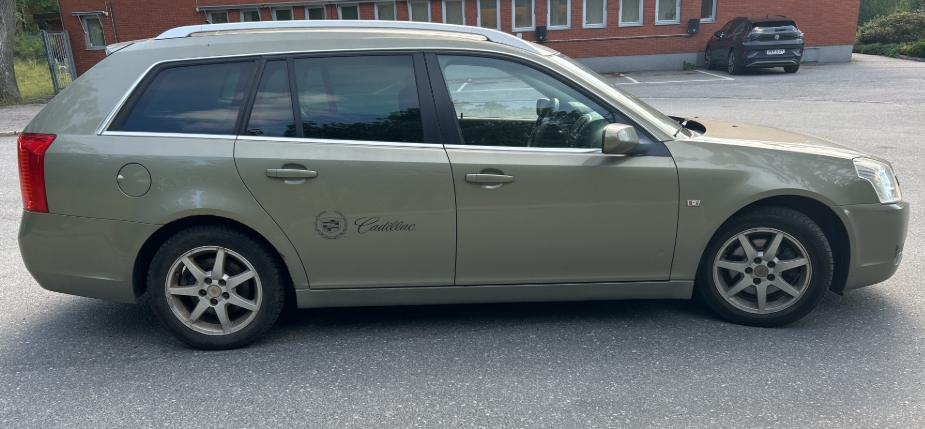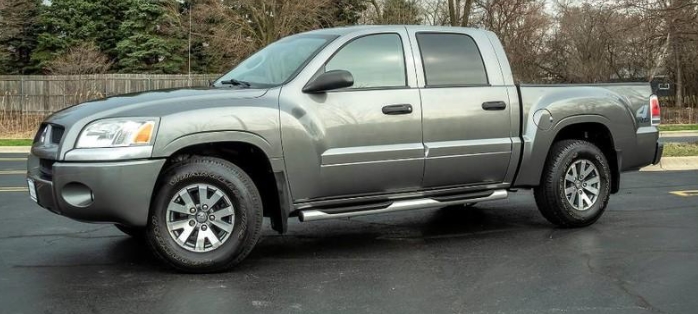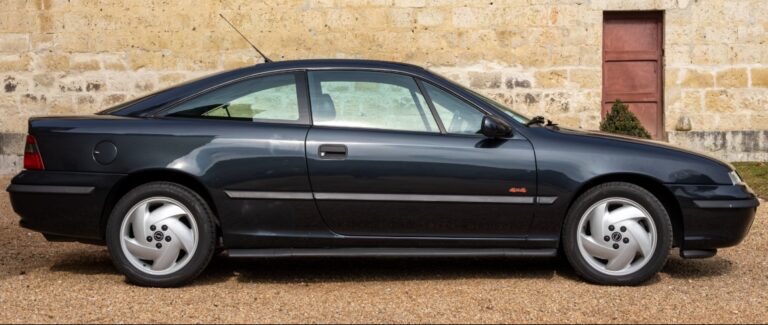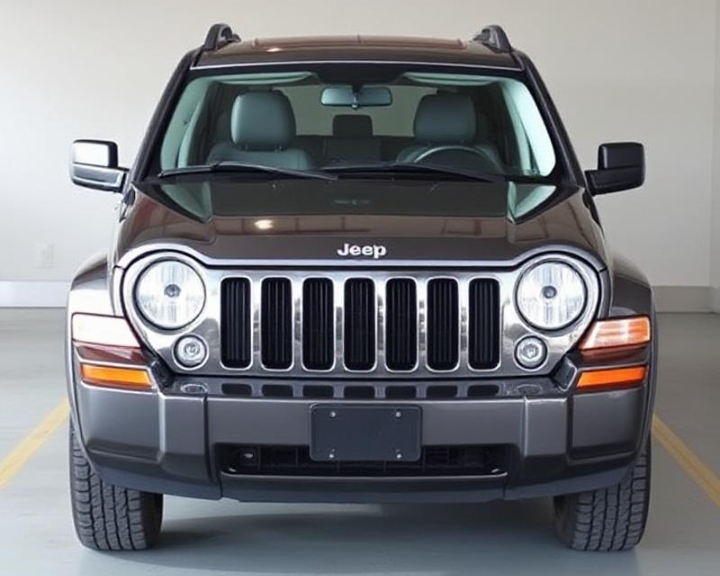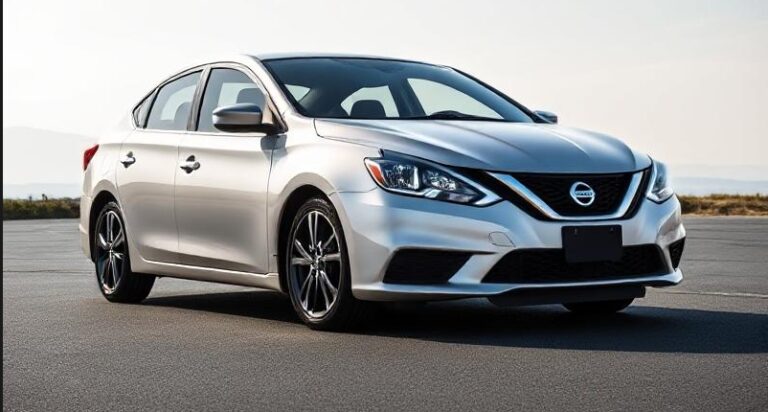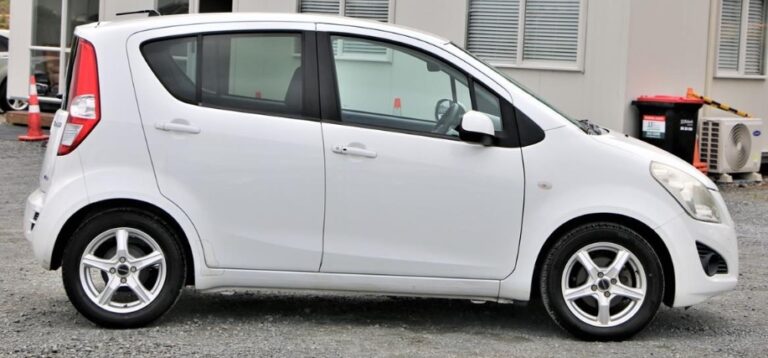The Evolution of the Cadillac BLS Wagon: An In-Depth Overview
Introduction
The Cadillac BLS, including its wagon variant, represents a unique chapter in Cadillac’s history, primarily serving the European luxury car market during the mid-2000s. Unlike the more globally recognized Cadillac models in North America, the BLS was tailored for markets such as Sweden, the UK, and other parts of Europe, where there was a demand for European-style executive sedans and wagons with American luxury touches.
Development and Background
The Cadillac BLS was introduced in 2005 as part of General Motors’ strategy to expand Cadillac’s presence in European markets. It was built on the Saab 9-3 platform, as Saab was also under GM’s umbrella at the time. This platform sharing was a strategic move to reduce costs and accelerate development, enabling Cadillac to offer a product that combined American luxury with European driving dynamics.
The BLS was offered in sedan and wagon variants, with the wagon model catering to customers seeking versatility and cargo capacity, typical of European estate cars. The BLS Wagon was produced from 2006 until 2008, marking a relatively short production span.
Production Years and Overview
| Year | Model(s) | Notes |
|---|---|---|
| 2006 | Cadillac BLS Wagon | Introduction of the wagon variant in Europe; based on Saab 9-3 platform |
| 2007 | Cadillac BLS Wagon | Continued production; minor updates and refinements |
| 2008 | Cadillac BLS Wagon | Final year of production; discontinuation of the model |
Note: Production officially ended in 2008, and the BLS was not continued beyond that year, largely due to poor sales and the shifting focus of Cadillac toward more global models like the CTS and SRX.
Model Variants and Trim Levels
Throughout its production run, the Cadillac BLS Wagon was offered in several trim levels, each catering to different customer preferences in luxury, equipment, and performance.
2006 Model Year
- Cadillac BLS Wagon Base
- The entry-level trim, focusing on luxury features with a focus on comfort and convenience.
- Standard equipment included leather upholstery, dual-zone climate control, cruise control, and a premium audio system.
- Powertrain options included:
- 2.0-liter turbocharged inline-4 engine producing approximately 210 horsepower.
- 2.8-liter turbocharged V6 engine producing approximately 250 horsepower.
- Cadillac BLS Wagon Sport
- Aimed at customers seeking a sportier driving experience.
- Included sport-tuned suspension, larger alloy wheels, and sportier interior trim.
- Engine options similar to the base but with slight tuning for more dynamic performance.
2007 Model Year
- Cadillac BLS Wagon Base
- Continued with similar features but with minor updates to interior quality and onboard technology.
- Cadillac BLS Wagon Sport
- Further refined with additional sporty features such as sport steering, upgraded brakes, and exclusive exterior styling elements.
- Limited Editions and Packages
- Some markets offered special editions that bundled luxury and sport features, such as the “Premium Package” which added navigation, upgraded audio, and additional safety features.
2008 Model Year
- Cadillac BLS Wagon Base
- Final model year saw minimal changes, mainly focusing on addressing early feedback and slight feature updates.
- Cadillac BLS Wagon Sport
- Last iteration of the sport trim, with available features similar to previous years but with some technological updates.
Powertrain and Performance
The Cadillac BLS Wagon was notable for its European-oriented engines, which diverged from traditional American V8s common in other Cadillacs:
- 2.0-liter Turbocharged Inline-4
- Offered around 210 horsepower.
- Positioned as an efficient yet powerful engine suitable for urban driving and highway cruising.
- 2.8-liter Turbocharged V6
- Produced roughly 250 horsepower.
- Provided a more spirited driving experience, with better acceleration and highway stability.
- Transmission Options
- 5-speed manual transmission was available in some markets for the turbocharged inline-4.
- Most models came equipped with a 4-speed automatic transmission, tuned for smoothness and comfort.
Driving Dynamics
Thanks to its Saab-derived platform, the BLS Wagon delivered European-style handling with responsive steering, balanced chassis, and a suspension setup optimized for comfort and agility. The sport trims further enhanced this with sport-tuned suspensions and larger wheels.
Features and Interior
The interior of the BLS Wagon was designed to reflect Cadillac’s luxury ethos. Standard features across trim levels included:
- Leather upholstery
- Dual-zone automatic climate control
- Premium audio systems (such as Bose)
- Power-adjustable front seats
- Cruise control
- Onboard navigation (available as an option or part of packages in later years)
- Wood trim accents and high-quality materials
Higher trims and packages added:
- Sunroof or panoramic roof
- Upgraded interior lighting
- Advanced safety features like traction control, stability control, and multiple airbags
- Optional rear parking sensors and camera
.
RepairSurge Online Repair Manuals Replace Bulky Books With Reliable Digital Information!
Faster And Cheaper Than Traditional Printed Manuals, Users Get Instant Access To The Repair Information They Need For Any Car, Truck, Van or SUV.
.
Market Reception and Discontinuation
Despite its innovative platform sharing and European styling, the Cadillac BLS Wagon struggled to gain widespread acceptance. Its short production run, from 2006 to 2008, was marked by limited sales, partly due to its high price point compared to more popular European estates and the lack of brand recognition in Europe.
Furthermore, the global strategy of General Motors shifted focus away from niche models like the BLS towards more globally successful models, such as the Cadillac CTS, ATS, and SUVs like the Escalade.
By 2008, Cadillac had discontinued the BLS entirely, and the wagon variant was phased out of the lineup.
Legacy of the Cadillac BLS Wagon
While the Cadillac BLS Wagon is now a rare sight on European roads, it remains a noteworthy example of GM’s attempt to adapt American luxury for European tastes. Its platform sharing with Saab and the inclusion of European-engineered components demonstrated GM’s strategy to create versatile, globally-oriented vehicles.
Today, the BLS Wagon is considered a collector’s item among enthusiasts of niche Cadillac models, appreciated for its unique blend of American luxury and European practicality.
Conclusion
The Cadillac BLS Wagon’s brief but notable history exemplifies GM’s experimentation with branding, platform sharing, and market-specific models in the mid-2000s. Spanning from 2006 to 2008, it offered a range of models and trims designed to appeal to European buyers seeking luxury, versatility, and performance in a wagon format. Despite its limited production and market visibility, the BLS Wagon remains a distinctive chapter in Cadillac’s global strategy and automotive history.
